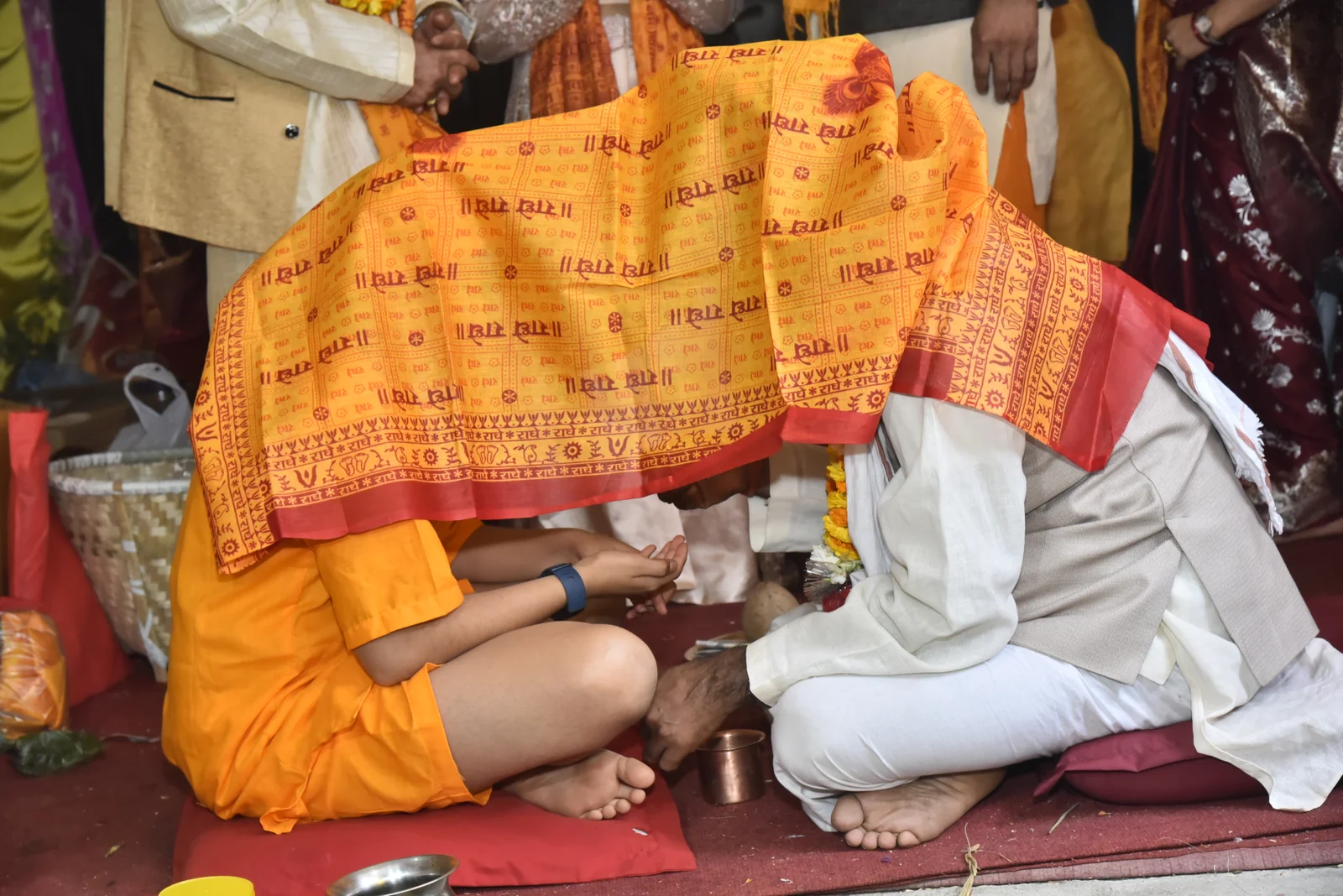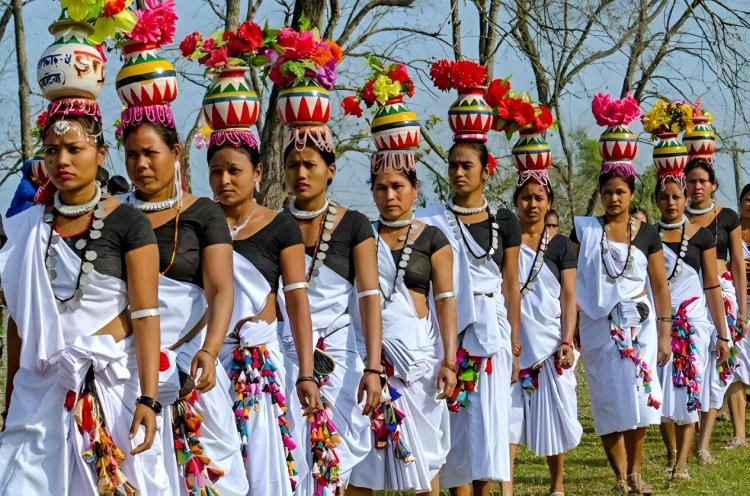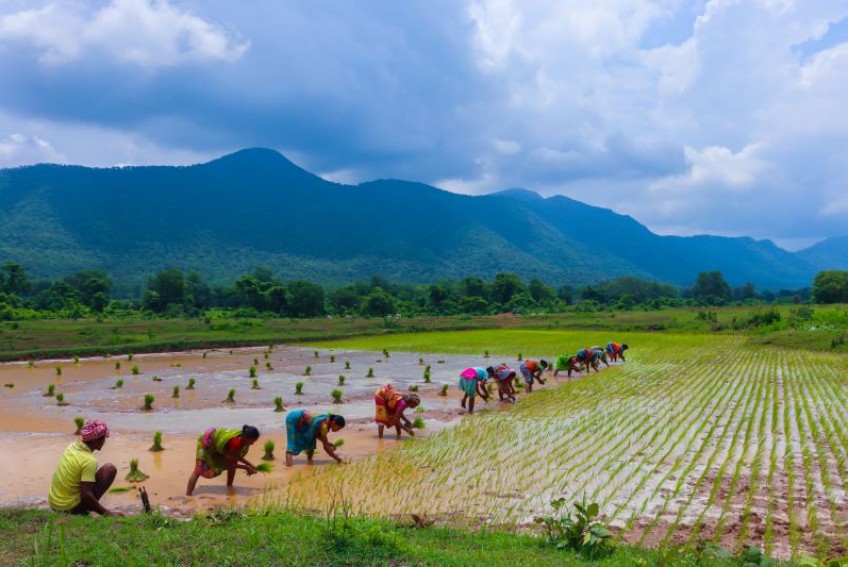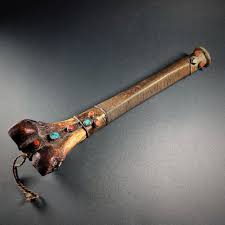Share this Article
Introduction
Chaurasi Puja, is a revered tradition in Nepalese culture that honors individuals who have reached the age of 84. This ceremonial worship is deeply rooted in the values of respect, gratitude and admiration for elders, who are seen as living embodiments of wisdom and resilience. The ritual celebrates their journey through life, recognizing their endurance through challenges, health adversities and the ever-changing world around them.
Meaning and Purpose
The term "Chaurasi" translates to number 84, representing the significant milestone that an elder achieves in their lifetime. In Nepalese society, reaching this age is considered a divine blessing and individuals who attain this milestone are treated as "mortal gods." The Chaurasi Puja is a special way to express reverence for their contributions to family and society while seeking their blessings for future generations.
This practice is not just about longevity but also about acknowledging the elder’s experiences, wisdom and guidance. It is an occasion where families and communities come together to show their appreciation, reinforcing the deep cultural and spiritual beliefs surrounding old age.
Significance of Chaurasi Puja
In Nepalese traditions, elders hold a place of high regard. Their wisdom is valued and their words are often sought in matters of importance. The Chaurasi Puja reinforces these ideals by:
- Expressing Gratitude: Families take this opportunity to thank their elders for their lifelong sacrifices and contributions.
- Strengthening Family Bonds: The gathering of multiple generations fosters unity and respect within the family.
- Seeking Blessings: Elders are believed to have a divine connection due to their age and experiences, and their blessings are highly valued.
- Spiritual Recognition: Some communities associate the age of 84 with completing a significant spiritual cycle, symbolizing wisdom and completeness.
Rituals and Celebrations
Chaurasi Puja is a grand celebration that involves elaborate rituals and festivities while specific traditions may vary based on region and community but the core elements remain the same.
1. Ceremonial Worship
The elder is worshipped through sacred rituals conducted by priests. The rituals may include:
- Puja (Worship): The honoree is adorned with garlands and tilak, and prayers are recited for their well-being.
- Offerings: Ritualistic offerings such as fruits, flowers, rice and incense are presented.
- Mantras and Bhajans: Religious hymns and prayers are chanted to invoke divine blessings.
- Daan (Charity): Donations of food, clothes or money to the needy are often a part of the ceremony, symbolizing generosity and virtue.
2. Chaurasi Byanjan (Feast of 84 Dishes)
A major highlight of the celebration is the grand feast known as Chaurasi Byanjan, which includes 84 different types of food. This meal is prepared with great care and holds symbolic importance:
- The number 84 signifies the years lived by the honoree, representing their long journey.
- Traditional Nepalese dishes, sweets and fruits are served.
- The elder is the first to be served, followed by family and guests.
3. Blessings and Community Involvement
During Chaurasi Puja, the honoree offers blessings to their family, especially the younger generations. In return, family members touch their feet as a sign of deep respect.
Communities often join in the celebration, reinforcing social bonds. In some villages, Chaurasi Puja becomes a larger event, with neighbors and relatives participating in prayers and festivities.
Chaurasi Puja in Different Communities
While the core essence of Chaurasi Puja remains the same across Nepal, different communities have their own variations of the tradition. One notable example is the Thakali community, where the celebration is commonly known as Budo Pasni. In this version, the elder is honored with special pujas and rituals unique to their ethnic background, but the principles of gratitude and reverence remain unchanged.
Conclusion
Chaurasi Puja is not just a ritual; it is a profound celebration of life, wisdom and the values that define Nepalese culture by honoring the elderly with such deep respect and devotion. This tradition reinforces the significance of family, gratitude and spiritual acknowledgment. It serves as a reminder that growing old is not merely an inevitable journey but a revered stage of life that deserves recognition and celebration. In an era where modernity sometimes challenges traditional values, the observance of Chaurasi Puja keeps the spirit of cultural heritage alive, ensuring that respect for elders remains an integral part of Nepalese society.
Categories:
Culture & Traditions
,
Spirituality & Religion
Tags:
Chaurasi
,
Puja








